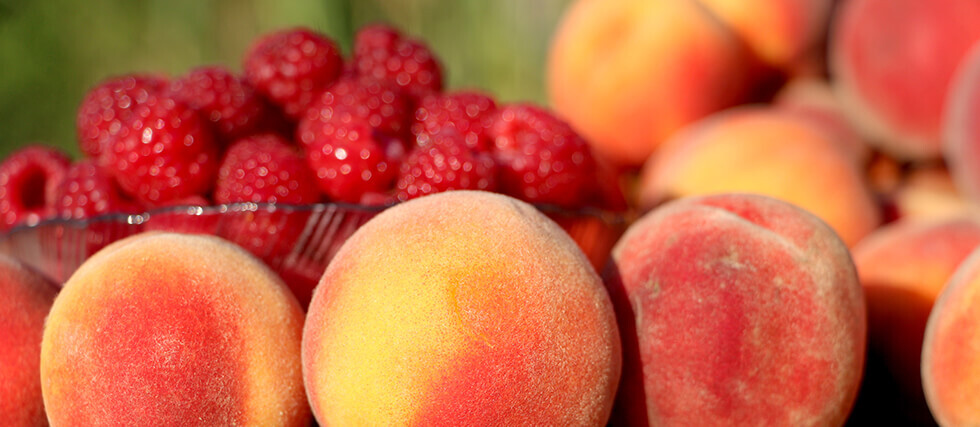The rose family, scientifically known as Rosaceae, includes a diverse group of plants. Apart from roses (Rosa), the family contains many other well-known fruit-bearing plants and ornamental species. Here are some of the key members of the rose family:
- Apples (Malus): Includes cultivated apples and ornamental varieties.
- Pears (Pyrus): Includes cultivated pears and ornamental species.
- Cherries (Prunus): Includes sweet and sour cherries, as well as ornamental cherry trees.
- Plums (Prunus): Includes edible plums and prunes, as well as ornamental varieties.
- Peaches (Prunus): Includes peaches and nectarines.
- Strawberries (Fragaria): Includes garden strawberries and related species.
- Raspberries (Rubus): Includes raspberries and blackberries.
- Blackberries (Rubus): Includes both wild and cultivated blackberries.
- Almonds (Prunus): Includes the cultivated almond tree.
- Loquats (Eriobotrya): A small tree with edible fruit, native to East Asia.
These plants share certain botanical characteristics, such as similar flower structures and the presence of five-petaled flowers, and they are often grown for their fruit, flowers, or as ornamental plants.
Roses, in fact, bear fruit as well. The fruit of the rose plant is called a hip. Rose hips are typically small, round, or oval-shaped, and they develop after the rose flower has been pollinated. The hip is actually a swollen part of the flower’s base, and it contains seeds inside.
Rose hips are often red, orange, or sometimes purple, depending on the variety of rose. While they are not usually consumed raw due to their tartness and potential fuzziness from the seeds, they are commonly used to make jams, jellies, syrups, and teas. Rose hips are also valued for their high vitamin C content.



